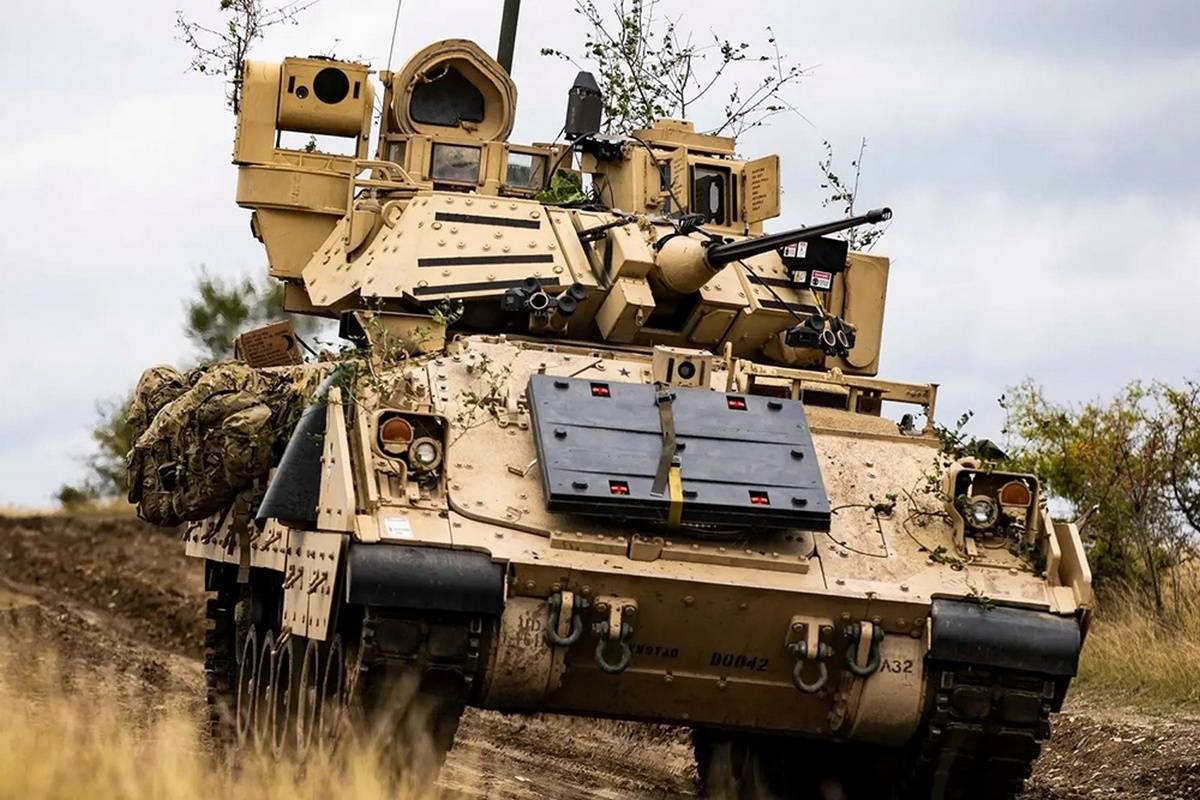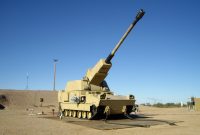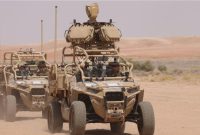The landscape of ground warfare is on the brink of a transformation, and at the forefront of this evolution is the Next Generation Bradley Fighting Vehicle (NG-BFV). Developed by BAE Systems, this cutting-edge armored vehicle is set to replace the venerable M2 Bradley in the US Army. In this comprehensive article, we explore the NG-BFV’s remarkable features and its implications for the future of tank design and the modern battlefield.
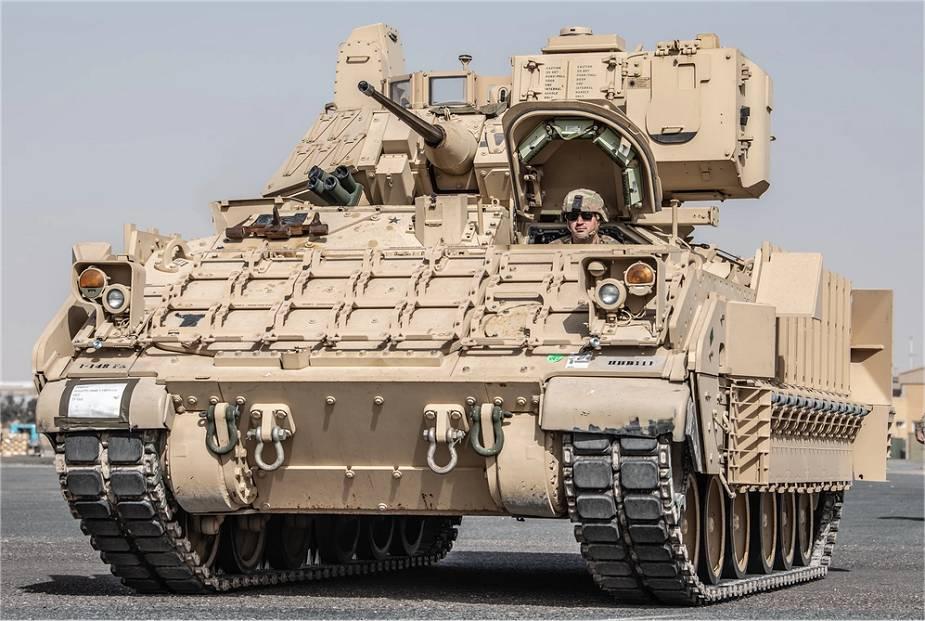
Before diving into the NG-BFV’s innovations, it’s crucial to understand the evolution of armored warfare. Armored vehicles, including tanks, have been the backbone of modern land forces, with their design continually evolving to adapt to emerging threats and changing battlefield dynamics.
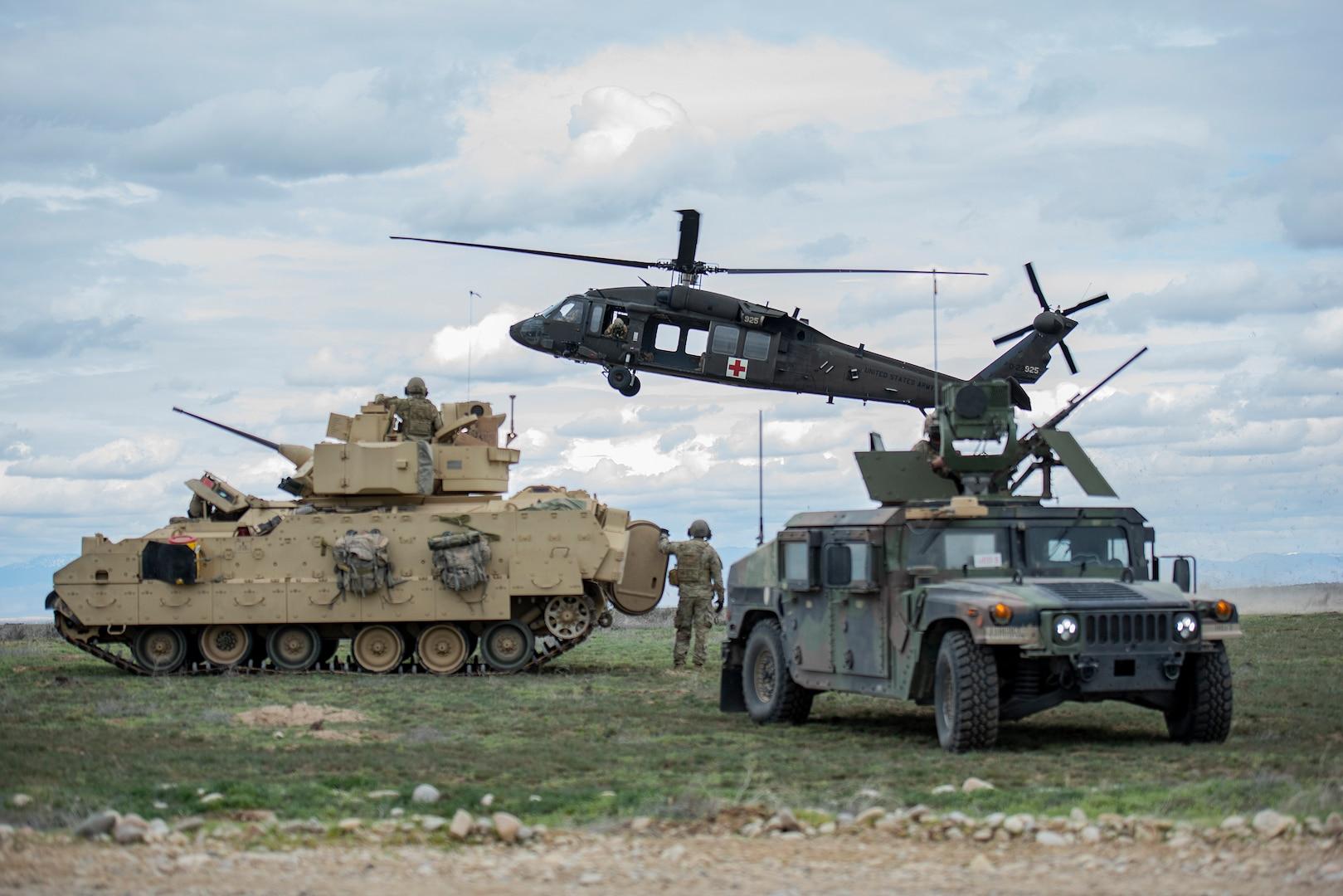
The Next Generation Bradley Fighting Vehicle: A Game-Changer
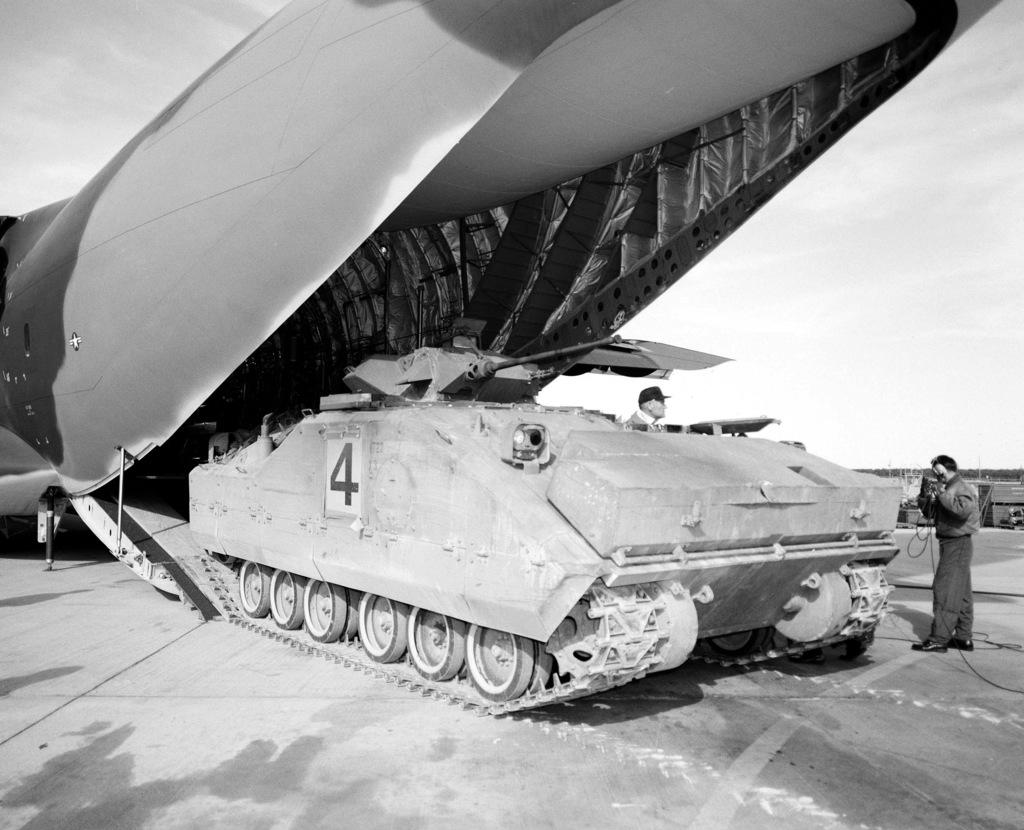
-
Revolutionary Hull Design: The NG-BFV boasts a brand-new hull constructed from a lightweight yet robust aluminum alloy. This innovative hull design is significantly lighter than the traditional steel hull found in the current Bradley, enhancing fuel efficiency and mobility. The NG-BFV’s agility in the field is a testament to this revolutionary hull.
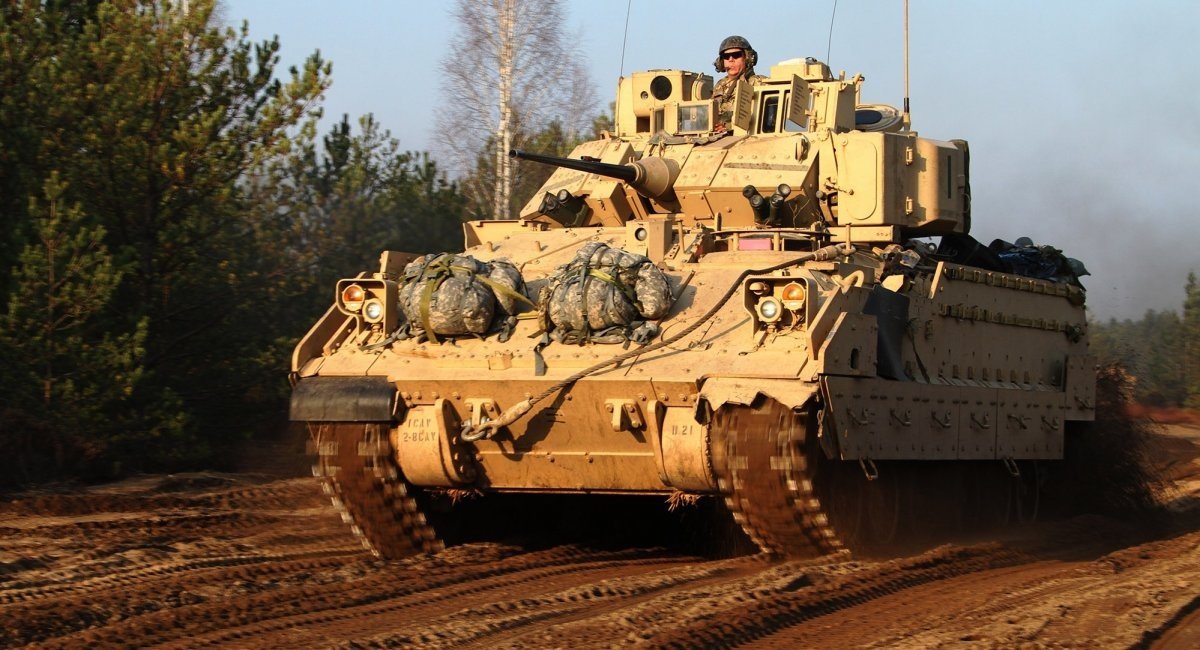
-
Advanced Armament: The NG-BFV features a new turret equipped with a 30mm cannon, a 7.62mm coaxial machine gun, and two Javelin anti-tank missile launchers. This enhanced firepower is complemented by a range of advanced sensors, including a 360-degree panoramic camera and a thermal imaging system, providing unparalleled situational awareness.
-
Powerful Engine: Propelling the NG-BFV is a new 700-horsepower engine, allowing it to reach a top speed of over 40 miles per hour. This powerhouse of an engine not only facilitates impressive speed but also offers improved fuel efficiency, extending the NG-BFV’s operational range.
-
Cutting-Edge Technologies: The NG-BFV is not just a hardware upgrade; it is a technological marvel. It features an active protection system capable of intercepting and neutralizing incoming missiles and anti-tank rockets. A state-of-the-art fire control system significantly enhances accuracy and target acquisition, while a network-centric warfare system enables seamless communication and data sharing with other vehicles and command centers.
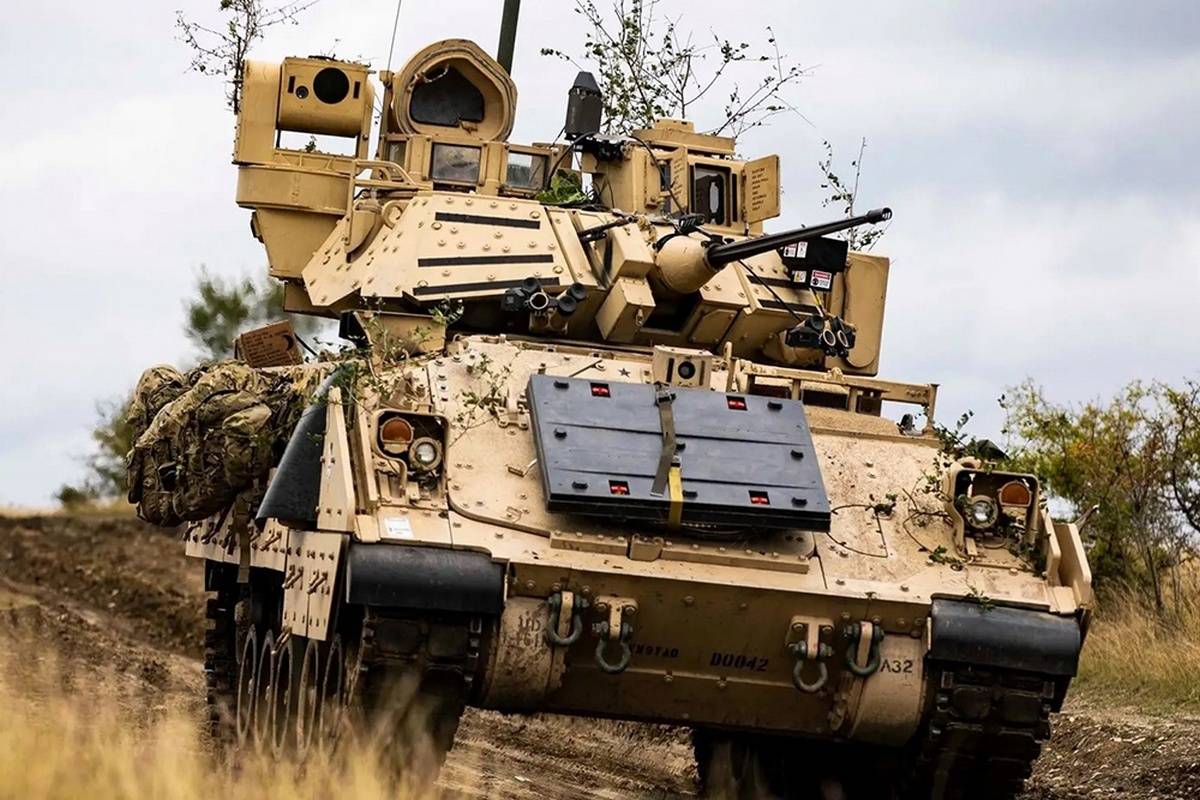
Implications for Tank Design
The NG-BFV represents a monumental leap forward in tank design for several reasons:
-
Ground-Up Innovation: It is the first tank designed from scratch to incorporate advanced technologies, setting a new standard for future tank development worldwide.
-
Urban Warfare Prowess: Designed specifically for urban warfare, the NG-BFV combines a low profile with high maneuverability, making it ideally suited for combat in complex urban environments. Its 30mm cannon ensures it is well-equipped for close-quarter engagements.
-
International Influence: The NG-BFV’s advancements are likely to influence other nations to develop their own next-generation tanks with similar capabilities, fostering a global shift in tank design.
-
Enhanced Mobility: The NG-BFV’s mobility and agility, coupled with technological advancements, will likely pave the way for tanks to be more mobile, agile, and technologically sophisticated in the future.
Conclusion
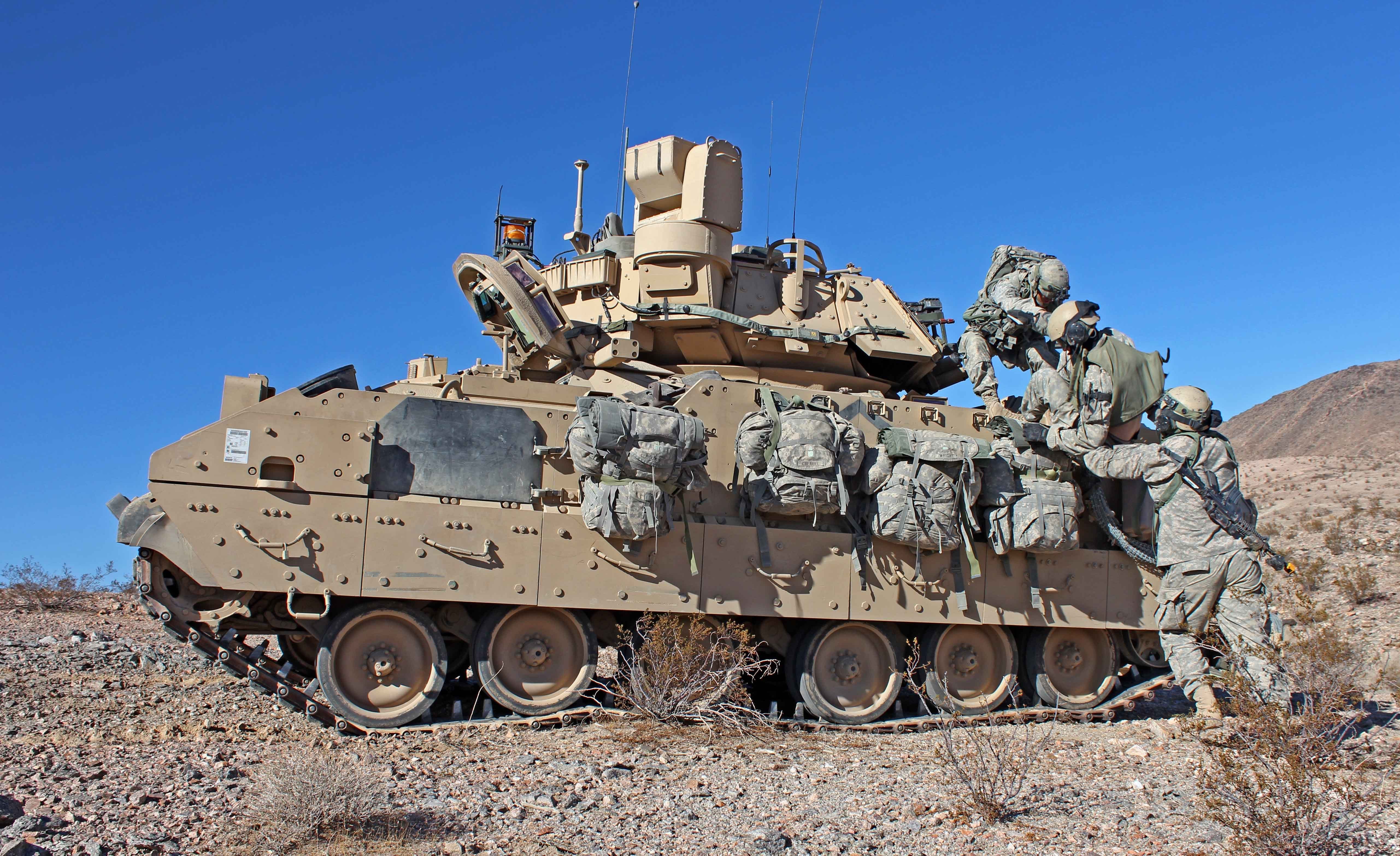
The Next Generation Bradley Fighting Vehicle marks a significant step forward in the realm of armored warfare. As it prepares to join the US Army in the early 2030s, it is poised to redefine the capabilities of modern fighting vehicles. The NG-BFV’s innovative design, advanced technologies, and specialization for urban warfare open a new chapter in the world of tank development. This revolutionary vehicle signifies the military’s unyielding commitment to staying at the forefront of technological advancements, ensuring they are well-equipped to meet the evolving challenges of the 21st century battlefield.

